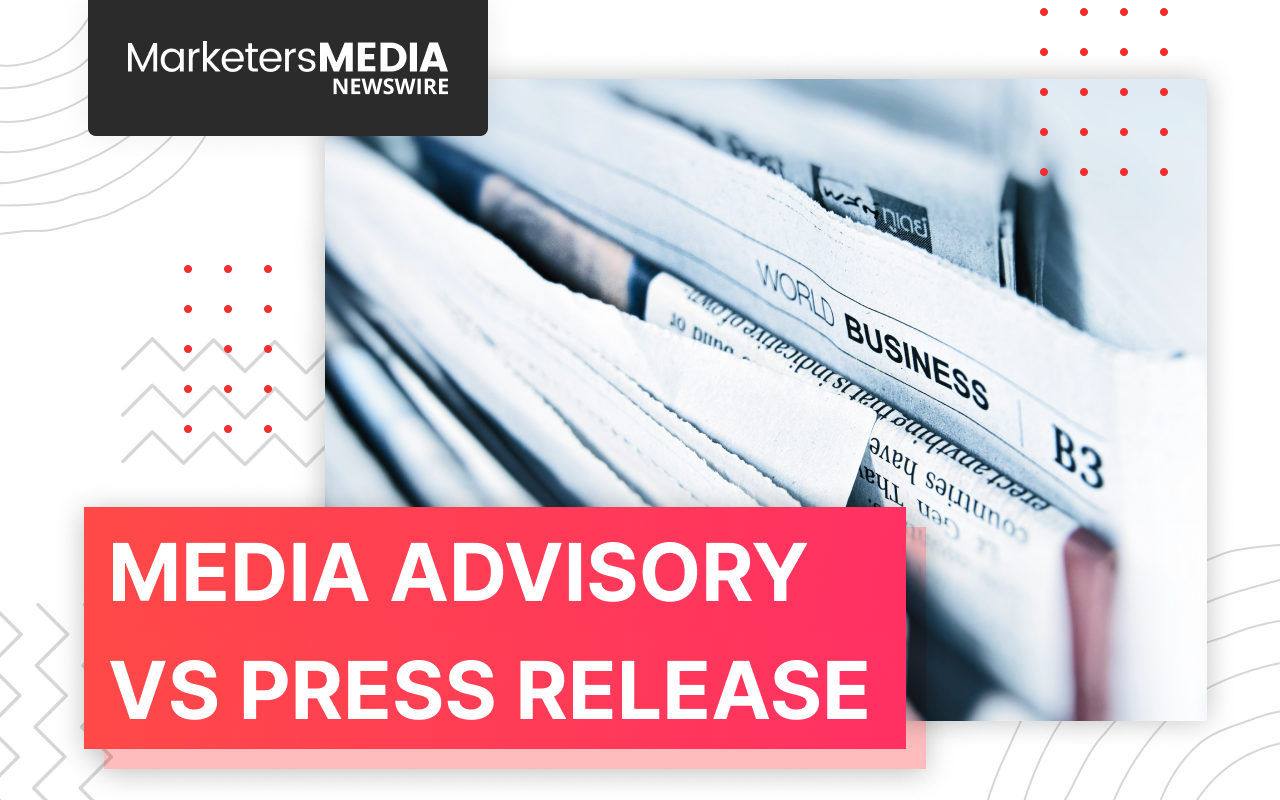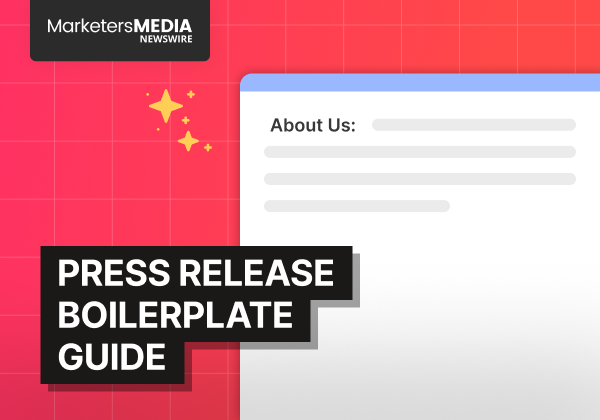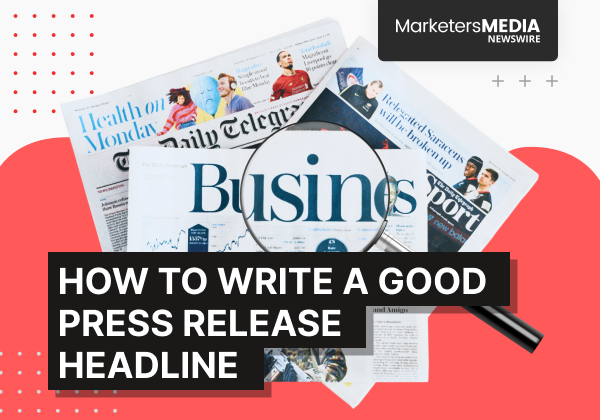When sharing news with journalists and media outlets, you'll likely use one of two key tools: a media advisory (also called a press advisory) or a press release (sometimes referred to as a news release or media release).
Many communication professionals get these mixed up or use them interchangeably - but they serve different purposes and get different results. While they both help you connect with the media, each has its own format, timing, and goals.
In this guide, we'll break down what each one is, when to use them, and how to create them effectively. You'll learn the specific elements that make up both media advisories and press releases, plus get real examples you can reference for your own communications.
What is a Media Advisory
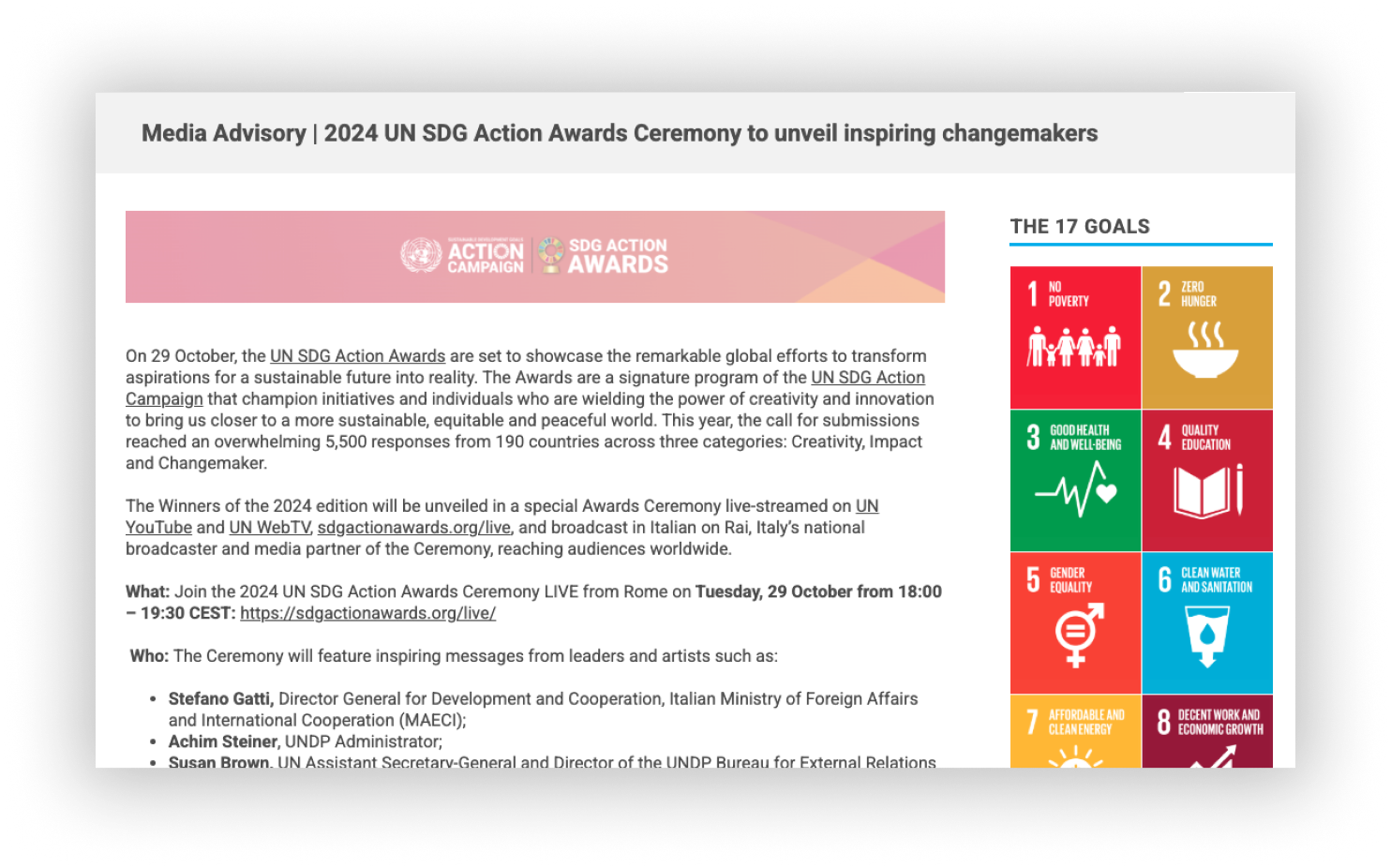
A media advisory is a simple, straightforward announcement that tells journalists about an upcoming event or newsworthy happening. Think of it as an invitation that gives reporters the essential details they need to decide if the event is worth attending or covering.
The main purpose is to get media attendance at your event by providing the crucial “who, what, when, where, and why” information.
Media advisories are commonly used for events such as:
- Press conferences and media briefings where journalists can get direct access to key spokespersons and ask questions in real-time
- Grand openings of new facilities
- Award ceremonies with photo and interview opportunities
- Workshops and educational events where subject matter experts share insights
- Community events that showcase local impact and offering engaging visual storytelling opportunities
- Breaking news briefings needing immediate coverage
Pro tip: Send your media advisory a week before the event, then follow up with a reminder 1-2 days before, ensuring journalists have time to plan their attendance.
What is a Press Release

A press release shares complete news stories with the media. It provides journalists with a ready-to-use news package to write their own stories, including quotes, data, background information, and relevant facts.
Unlike a media advisory, which promotes future events, a press release focuses on sharing news in detail. It’s versatile and can be issued before, during, or after an event, depending on the purpose.
Press releases are commonly used to announce:
- Product launches and updates that inform customers about new products, features, or updates, often creating anticipation and excitement
- Milestones and achievements, from funding rounds to industry awards
- Event announcements and results, summarizing outcomes or notable moments
- Key hires and leadership changes, especially at the C-level
- Rebranding initiatives that communicate changes in company direction or identity
- Mergers and acquisitions that keep stakeholders informed about significant changes in management, ownership, or company structure
The goal is to give reporters everything they need to understand your news and potentially write about it, even if they can't speak with you directly.
Now that we’ve clarified what media advisories and press releases are, let's look at what sets these tools apart.
Key Differences Between a Media Advisory and Press Release
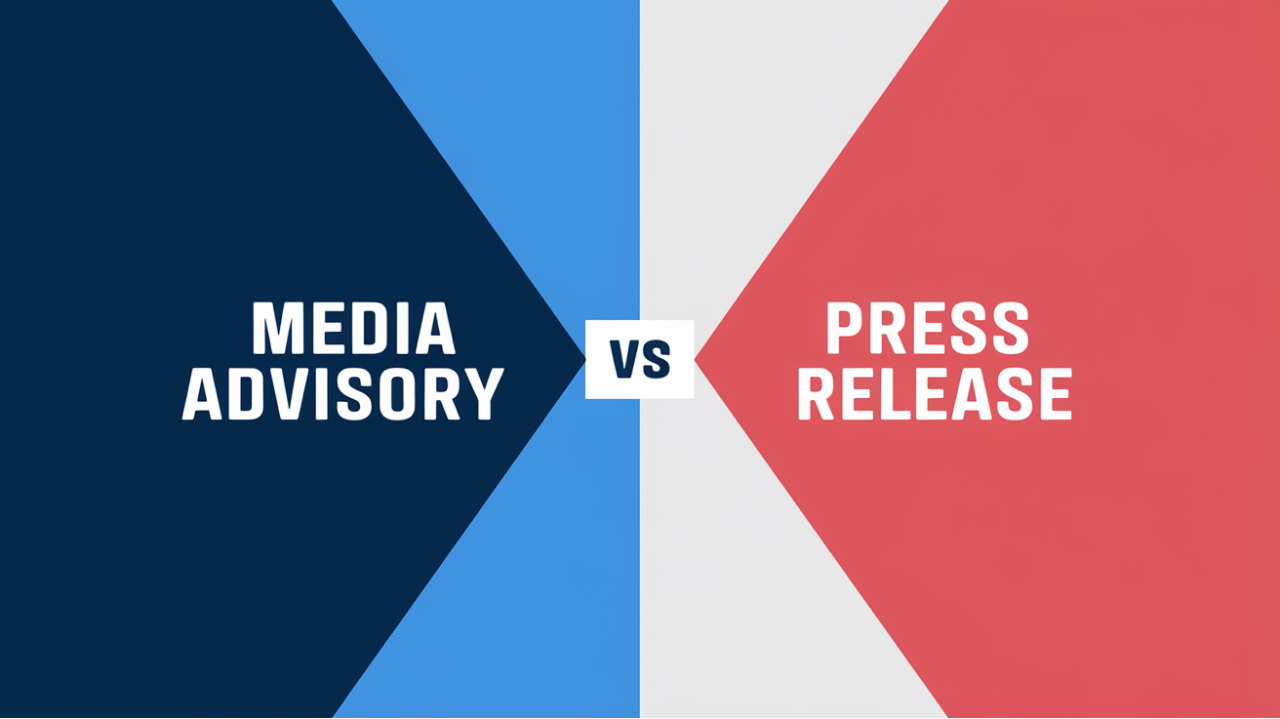
| Media Advisory | vs. | Press Release |
|---|---|---|
| - Functions as an event invitation for journalists - Focuses on getting media to attend an upcoming event | Purpose | - Serves as a complete news package - Tells the full story with supporting details |
| Often sent directly to specific journalists who might want to cover the event | Audience | Distributed more broadly via press release distribution services on the wire |
| - Sent a week before the event - Reminder sent 1-2 days before - Always for upcoming events | Timing | - Can be sent before, during, or after events - Timing aligns with news embargo dates - Flexible distribution based on news needs |
| 1 page maximum (100-150 words) | Length | Usually 1-2 pages (300-500 words) |
| - Clear event title - Basic event description - Date and time - Location details - Media opportunities (photo ops, interviews) - Contact information | Content Structure | - Headline and subheadline - News angle in the first paragraph - Supporting quotes - Context and background - Company information - Contact information |
| Direct and instructional with clear event details | Writing Style | Narrative style with detailed explanation |
| - Minimal background details - Focus on event-specific information - Basic organization description if needed | Background Information | - Company/organization history - Context for the news - Related past developments - Industry impact |
Let’s take a product launch as an example to see how you can use both tools strategically.
Imagine you’re gearing up for a big launch event. A media advisory is the first step to getting journalists in the room (or on the livestream). You’d send it ahead of the event to:
- Invite media to attend the product launch.
- Give them a chance to experience the product firsthand.
- Provide opportunities for live demos and direct interviews with your product teams.
- Let photographers and videographers capture the excitement.
Next, you’d use a press release to support the event. This could happen at two points:
- Before the launch: Build anticipation by sharing product specifications, quotes from leadership, pricing, and availability.
- After the launch: Follow up with highlights from the event, including audience reactions, photos, testimonials, and even early sales figures.
By combining a media advisory and press release, you make sure your event gets noticed before it happens and stays on people’s minds afterward.
Here’s what a media advisory and press release looks like:
Media Advisory Format
Press Release Format

For more examples and guidance, check out our detailed press release templates.
Best Practices for Creating Media Advisories and Press Releases
Building on this understanding, here are some effective strategies for creating media advisories and press releases that stand out.
Creating Effective Media Advisories
1) Write Clear, Direct Headlines
Make sure your headlines clearly communicate what the event is about, avoiding vague or overly promotional language. For example, if you're launching a new phone, say "Samsung Launches New Galaxy Phone" - not "Samsung Unveils Revolutionary Device." Simple and clear wins every time.
2) Prioritize Newsworthy Details
Think about what would make a journalist want to attend your event. Will there be exclusive interviews, live demonstrations, or visually engaging moments? Be specific about these details so they know what to expect, can decide if it’s worth attending, and come prepared if they do.
3) Make Logistics Crystal Clear
Provide exact venue details, parking information, and setup instructions for broadcast equipment. List any security protocols or check-in procedures. Clear logistics help journalists plan their coverage and arrive prepared.
4) Detail Media Opportunities
Point out the camera-worthy moments in your event—key visuals, demos, or interview slots. If reporters know exactly what to expect, they’re more likely to show up prepared.
5) Stay Reachable
Provide a phone number and email that will be answered quickly. If journalists can't reach you with questions, they might skip your event entirely.
Writing Compelling Press Releases
1) Lead with Impact
Start with a strong headline and opening paragraph that clearly states the news and why it matters. Don't make journalists dig through paragraphs to find your news.
2) Include Meaningful Quotes
Add statements from key stakeholders that offer genuine insights, not just generic praise. Strong quotes give journalists useful material and add credibility to your announcement. Make sure each quote serves a purpose.
3) Support with Data
Back your claims with hard data. Include numbers, benchmarks, or survey results to validate your announcement.
4) Provide Complete Resources
Include high-resolution images, technical specifications, supporting documentation, and relevant links to make it easier for journalists to build their story.
5) Follow Up Strategically
Journalists receive countless emails, so following up politely and at the right intervals can increase the chances of your release being seen. Avoid spamming, but don’t let your release fall through the cracks. Crafting a thoughtful press release email can make all the difference in getting noticed.
By following these best practices, you’ll create media advisories and press releases that stand out and increase your chances of securing media coverage.
Bottom Line
Both media advisories and press releases are valuable, time-tested tools for generating earned media coverage, boosting sales, and sharing your company’s message—but only if you use them strategically. That means being thoughtful about everything from choosing the right story to crafting clear, compelling messaging and pitching it effectively.
I hope this guide has helped you better understand the differences between a media advisory and a press release. A quick reminder: always keep your goal in focus, stick to the proper format, and double-check your work before hitting send.
So, what do you think—are you now able to differentiate between a media advisory and a press release?
If you want your message to stand out to the media and millions of online viewers, MarketersMEDIA Newswire can help you make it happen. With strong media partnerships and a proven track record for helping businesses get noticed, they’re here to help you share your story louder and better than ever.
Free Press Release Template
Tell us where to send your PDF:
